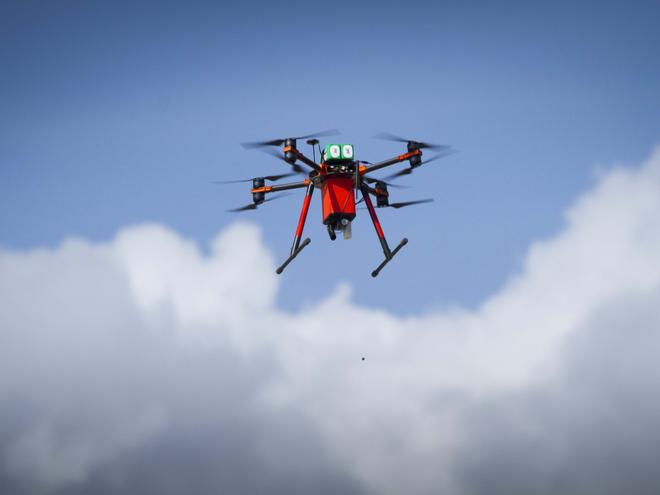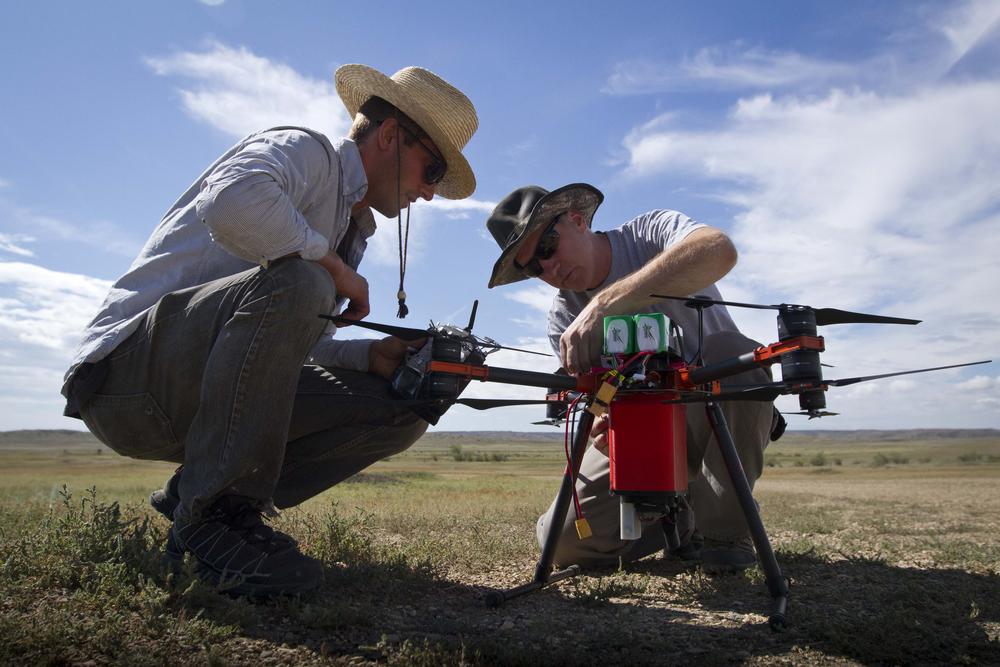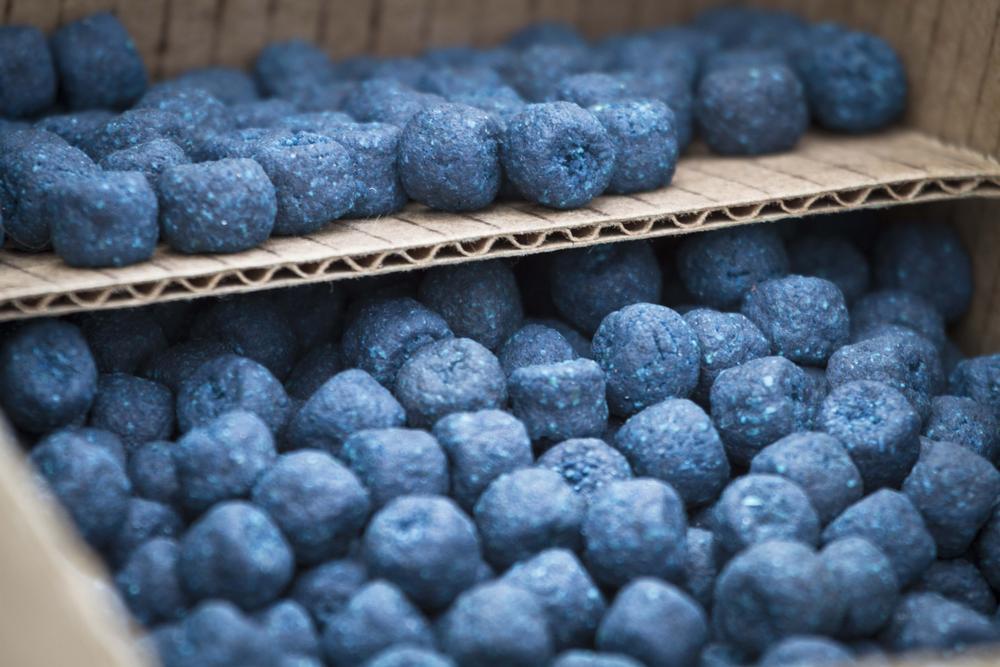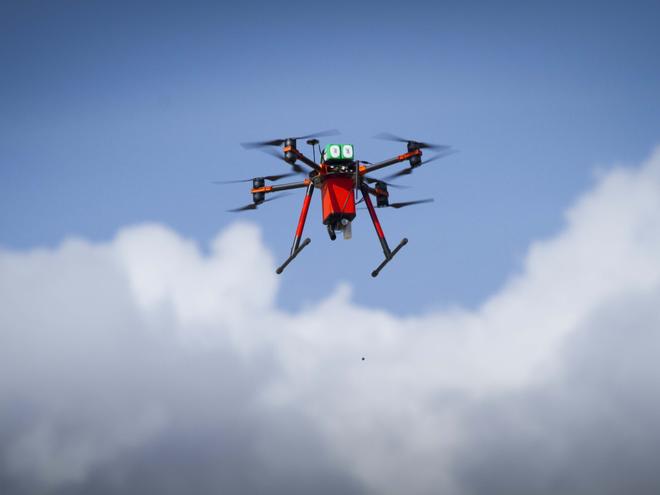Innovations (and peanut butter) give black-footed ferrets a boost
Published by the World Wildlife Fund


An unlikely combination of peanut butter and drones has given biologists renewed hope for the future of North America’s rarest mammal, the endangered black-footed ferret. Biologists are helping these fascinating animals and their main prey—prairie dogs—fight a deadly plague by dropping vaccine-laced bait into their habitat.
Both prairie dogs and black-footed ferrets are highly susceptible to sylvatic plague, a non-native disease that the animals have little natural immunity against. Once a prairie dog colony is infected with plague, the disease can spread quickly, devastating thousands of animals within a few weeks.
While captive-raised black-footed ferrets are vaccinated against plague prior to release into the wild, they only live in prairie dog burrows and prey almost exclusively on prairie dogs. Without a reliable source of prairie dogs, black-footed ferrets cannot survive. For this reason, biologists believe that plague outbreaks are the greatest obstacle to ferret recovery and are developing methods to manage the disease.
Researchers at the U.S. Geological Survey National Wildlife Health Center (NWHC) and the University of Wisconsin developed an oral vaccine to protect prairie dogs from the plague. After receiving promising results in the laboratory setting, technicians began field trials in 2012. They manually distributed vaccine baits by hand on 50-acre test plots, and results were again optimistic.
 © WWF / Conservation Media
© WWF / Conservation Media © WWF / Conservation Media
© WWF / Conservation MediaWWF partnered with the U.S. Fish and Wildlife Service, NWHC, Model Avionics, and Support XXL to develop the best way to deliver the vaccine bait on a broader scale. Together, we designed three different methods that use either drones or all-terrain vehicles (ATV): the first drops one bait at a time from a drone; the second drops one bait at a time from an ATV; and the third drops three baits simultaneously from an ATV.
In August 2016, the partnership tested all three methods across 1,200 acres of prairie dog colonies on U.L. Bend National Wildlife Refuge in Montana. In September and October 2016, both ATV mounted dispensers were used to treat more than 3,000 acres of prairie dogs in Colorado and South Dakota. These tests clearly indicated that these new vaccine delivery methods are practical, efficient, and affordable.
While these preliminary results are promising, additional work is needed to determine if these methods can be used on a broader landscape to keep prairie dog colonies healthy and large enough to support black-footed ferrets in the wild.
The next round of trials is scheduled for the summer of 2017, during which time the partnership will fine tune various aspects of the vaccine baits and their delivery systems, and test new delivery methods that could make it easier and more efficient to cover larger areas.
Learn more about black-footed ferrets and what WWF is doing to help.
Read the full article at: http://feedproxy.google.com/~r/WWFStories/~3/NToKjM2km30/innovations-and-peanut-butter-give-black-footed-ferrets-a-boost



